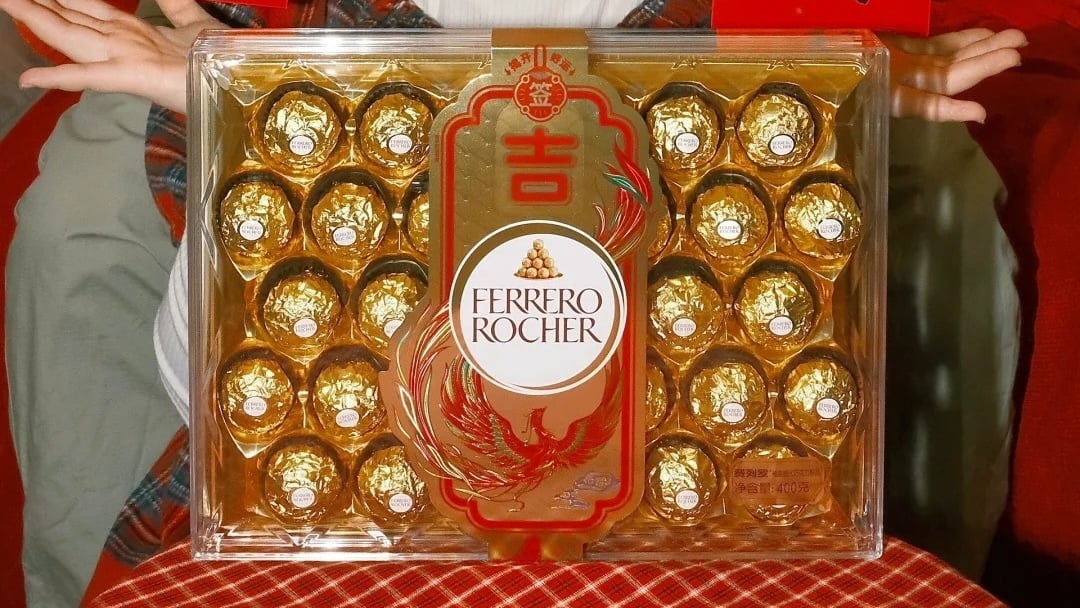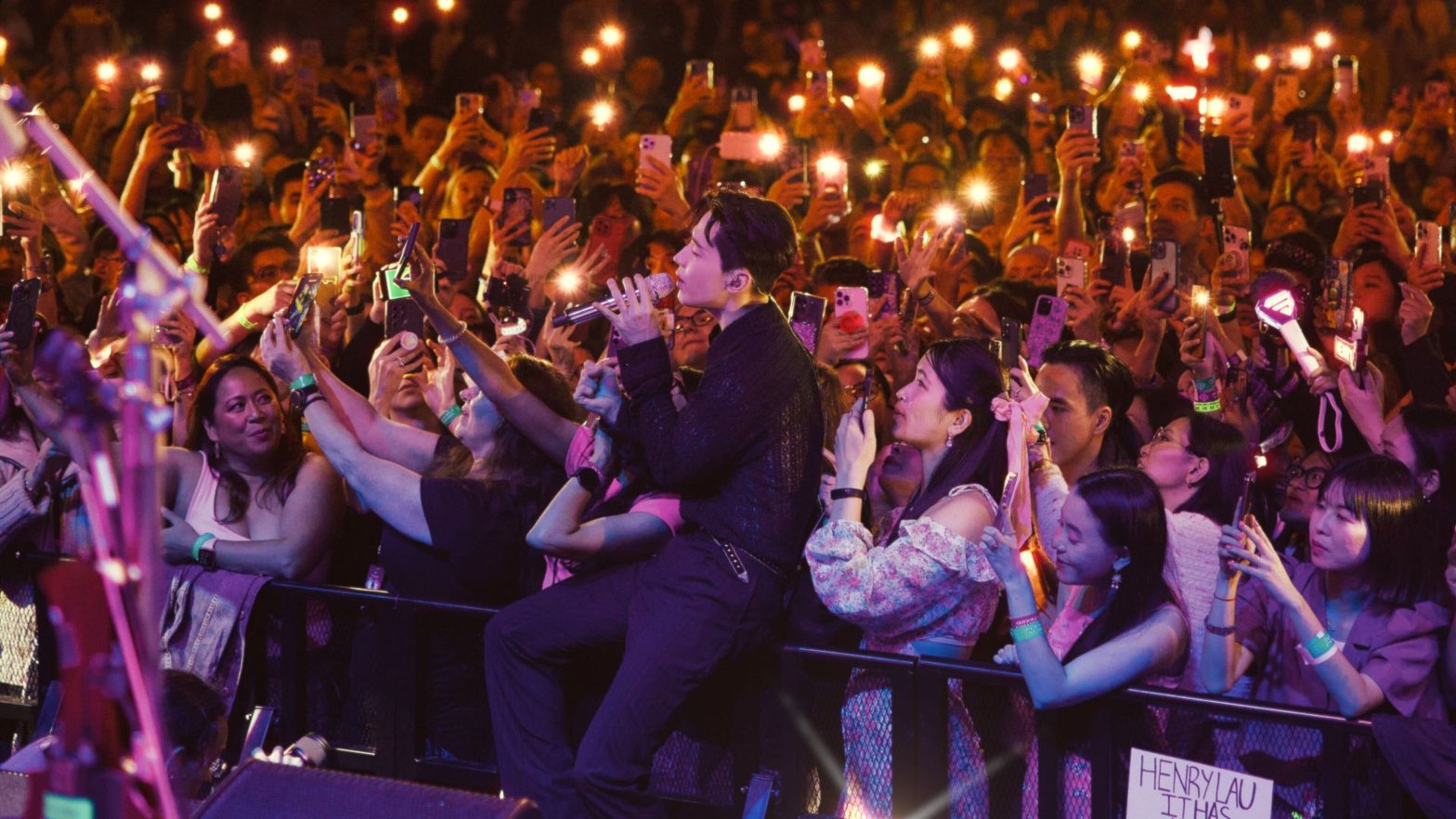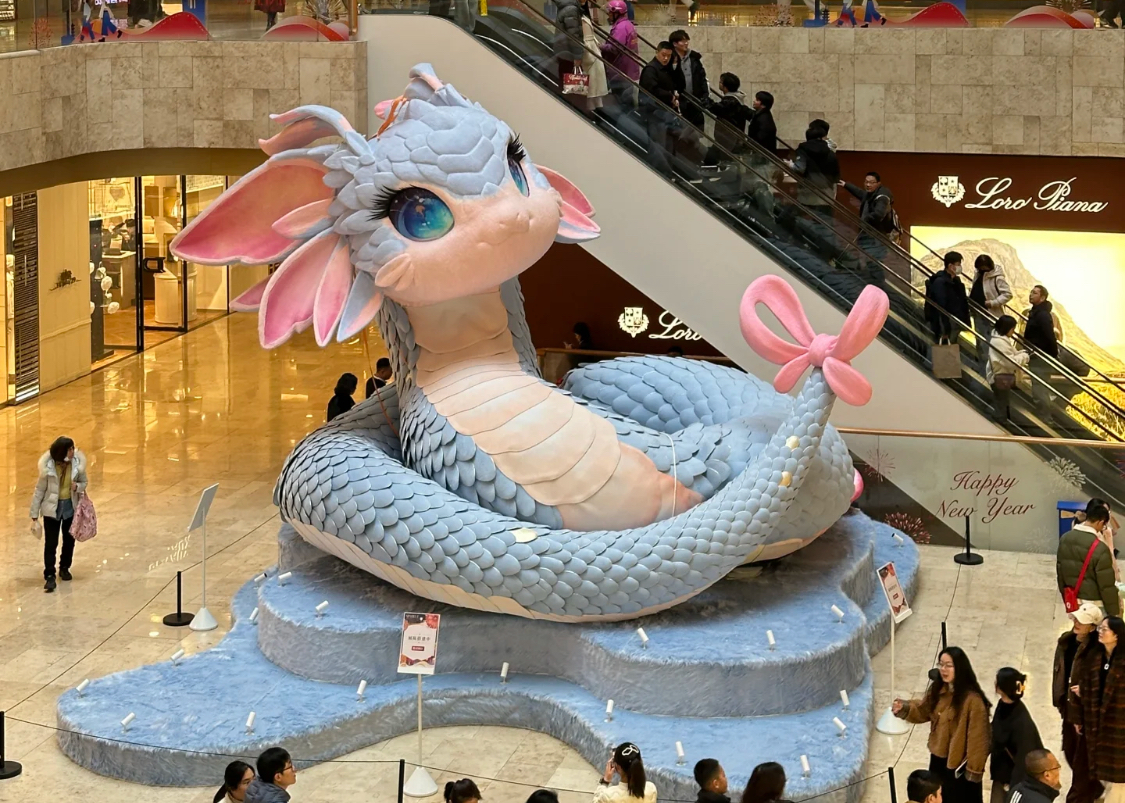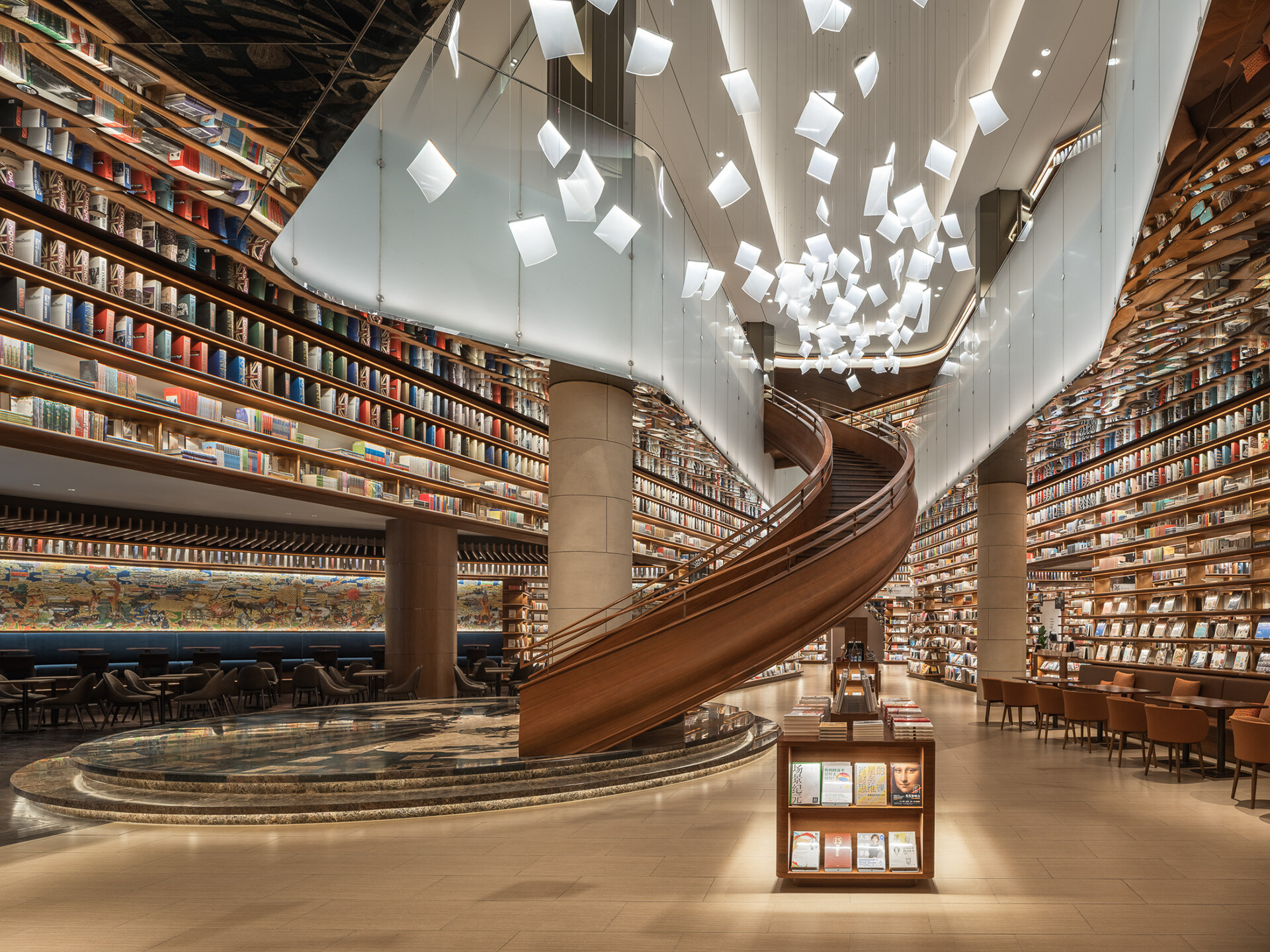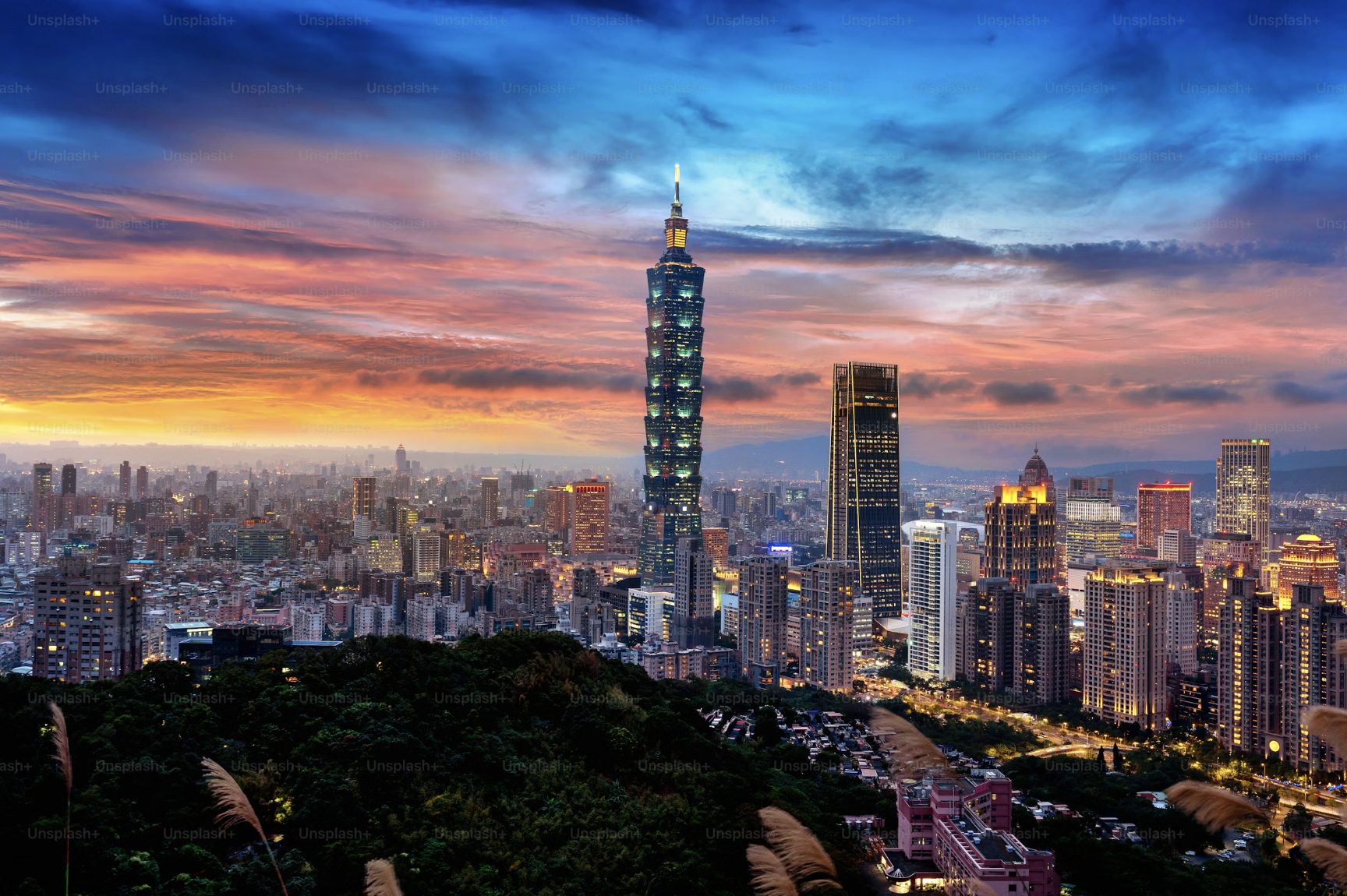In the vast landscape of global cinema, Asian horror films have carved out a unique and chilling niche. Filmmakers across the continent have tapped into deep-rooted cultural fears and local folklore to create stories that resonate far beyond their borders. These tales of terror not only showcase the rich diversity of Asian cultures but also challenge Western horror conventions, offering fresh perspectives on what truly scares us.
While Japan and Thailand have traditionally held the spotlight in Asian horror, a wave of intriguing films from lesser-known regions is gaining traction among discerning viewers. Indonesia, in particular, has been quietly amassing a collection of underground horror films that are now capturing international attention.
Southeast Asian horror cinema is rich with influences from diverse folklore and religious traditions, creating narratives that resonate deeply with local audiences. Similarly, Korean horror has evolved beyond simple jump scares, drawing from its roots in folk shamanism to craft stories that explore complex themes and emotions.
As we delve into the realm of Asian horror, we’ll explore seven standout films that have left audiences trembling in recent years. From supernatural hauntings and ancient curses to psychological thrillers and body horror, these movies represent the cutting edge of fear from some of Asia’s most talented directors.
Satan’s Slaves (Pengabdi Setan) (2017, Indonesia)
The premise of this film is simple: a family grapples with their mother’s impending death. Once she passes, secrets emerge and they discover their house is haunted. Drawing parallels with the American horror film Hereditary, the story unfolds in rural Indonesia, focusing on the family’s home and the lingering presence of the mother’s spirit.
Joko Anwar’s Pengabdi Setan (Satan’s Slaves) is a reimagining of an iconic 1980 film, long considered a classic in Indonesian cinema.
Pengabdi Setan stands as a testament to quality horror filmmaking, transcending both its genre and cultural context. It has the potential to boost both Indonesian cinema and the horror genre on a global scale.
The Medium (Rang Zong) (2021, Thailand/South Korea)
The Medium is a captivating blend of mockumentary and found footage horror, set against the atmospheric backdrop of northeast Thailand. What begins as a behind-the-scenes look at a seemingly straightforward documentary exploring the spiritual practices of the Isan people quickly evolves into a chilling supernatural narrative.
At the heart of the story is Nim, a humble seamstress who serves as a vessel for Bayan, an ancient deity protecting the Isan people. This sacred duty, traditionally passed down through the women in Nim’s family, fell to her after her older sister Noi’s refusal. The plot takes a sinister turn when Nim’s niece, Mink, begins exhibiting disturbing behavior, signaling possession by a malevolent spirit. Sensing the potential for compelling footage, the documentary crew shifts their focus to Mink’s harrowing descent into darkness.
The film’s visual storytelling is masterful, with foreboding shots of misty forests, shadow-filled rooms, and deserted streets creating a pervasive atmosphere of dread. Imagine a really high-quality travel documentary, but with the addition of unnerving scenes of shamanist rituals and exorcisms, all deeply rooted in traditional Thai religious practices.
Exhuma (2024, South Korea)
Exhuma (2024), directed by Jang Jae-hyun, has redefined Korean supernatural horror. Backed by a stellar cast including Choi Min-sik and Kim Go-eun, Exhuma crafts a tale that’s as much about national history as it is about ghostly hauntings.
At its core, Exhuma explores what happens when an ancient grave is disturbed. The film dives deep into Korean shamanism, feng shui, and the concept of “Grave’s Call” — a family curse that puts a uniquely Korean spin on supernatural vengeance.
Moreover, the film boldly addresses historical trauma, using the exhumation narrative as a potent metaphor for Korea’s complex relationship with its colonial past under Japanese rule. By intertwining supernatural elements with historical context, Exhuma offers a multi-layered viewing experience that both entertains and provokes thought, elevating it beyond typical genre fare.
The Possessed (2016, China)
The Possessed (中邪, Zhōngxié), a 2016 Chinese horror film directed by Ma Kai, takes viewers on a journey into the heart of rural superstition. The story follows two university students, Ding Xin and Liu Meng, as they set out to make a documentary about fortune-telling. Their curiosity leads them to a remote village where they encounter Aunt Wang, a powerful shaman summoned to exorcize a supposedly possessed woman.
Shot in a faux-documentary style reminiscent of The Blair Witch Project, The Possessed offers a fresh take on the found footage genre. It delves deep into themes of belief, fear, and the supernatural, all while providing a unique glimpse into traditional Chinese cultural practices.
Despite its low-budget production, The Possessed has been noted for its intriguing premise and engaging storytelling, making it a significant entry in contemporary Chinese horror cinema.
Tiger Stripes (2023, Malaysia)
This 2023 Malaysian horror film, helmed by director Amanda Nell Eu, follows 12-year-old Zaffan as she grapples with early-onset puberty that manifests in terrifyingly monstrous ways. Set in rural Malaysia, the film deftly weaves body horror together with coming-of-age drama, using Zaffan’s grotesque transformation as a potent metaphor for the societal pressures young girls face. As Zaffan’s body rebels against her, she finds herself increasingly isolated, her metamorphosis a reflection of her inner turmoil and rage directed at a world that fails to understand her.
Eu’s unique storytelling approach blends dark humor with horror, tackling weighty themes of identity, acceptance, and fear of the unknown in a way that resonates across cultural boundaries. The film’s atmospheric power is amplified by an innovative soundtrack from Indonesian duo Gabber Modus Operandi, whose eclectic fusion of traditional sounds and electronic beats perfectly complements Zaffan’s emotional and physical transformation.
Tiger Stripes stands out as a refreshing, albeit horrifying, exploration of puberty that pushes the boundaries of conventional coming-of-age narratives.
What sets these Asian horror films apart is their ability to blend deeply rooted cultural beliefs and traditions with innovative storytelling techniques. Whether it’s the found-footage approach of The Possessed, a terrifying twist on a coming-of-age narrative in Tiger Stripes, or the exploration of cultural practices in Exhuma, these movies challenge viewers to confront fears that are both ancient and startlingly modern.
For horror enthusiasts and casual viewers alike, these films offer not just scares, but windows into different cultures, belief systems, and artistic visions. They remind us that in the realm of fear, there’s always something new to discover, and that sometimes, the most effective frights come from the most unexpected places.
